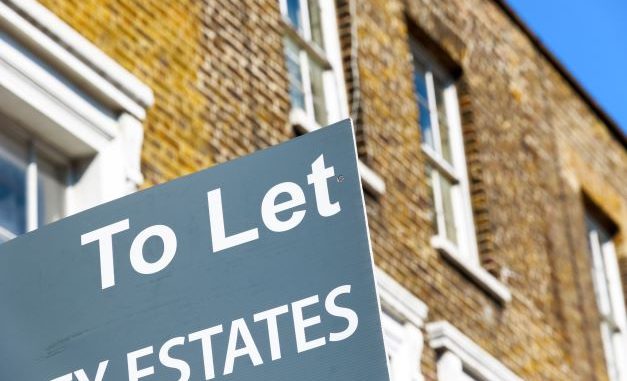
Efficiency has been a topic on the minds and in the speeches of activists for years, but it’s becoming an issue that everyone is starting to think about. We all have a responsibility to do our part to tackle this and as a landlord, you have the ability to do so. Finance providers like Propp specialises in short term loans that can help you to cover the costs incurred in making the necessary changes to your property to improve its efficiency.
Meeting the Standards
The pivotal part of property efficiency is found within its EPC rating. For properties in England and Wales, the EPC average rating (on a scale of G up to A) is D and the average efficiency score (on a scale from 1 up to 100) is 60. An average household also produces approximately 6 tonnes of CO2 every year. If you have a home that was built before 1940, your property is likely to have a poorer EPC rating and if the rating is D or below, a new change in government guidelines will prohibit you from renting out to new tenants from 2025. With this big change on the horizon, it’s time to start making changes. It’s expected that landlords will need to start these changes over the next 12 months to make the three year deadline and some of these changes will be considerable ones. If the deadline is ignored or the work is pushed to the background, it could leave you with a property that you can’t rent or maybe can’t even sell.
Meeting the Challenge
So, what can you do if you’re a landlord that needs to make changes to improve the efficiency of a property? The key is knowledge. You need to have access to the necessary information and tools you need to make the important changes. Start by checking the EPC register to ascertain the rating of your property – and hope you are in the acceptable bracket! With just the postcode and address, you can get the information you need in just a few seconds. It will also help you to see what the potential rating could be and what work you need to do to get the property to that standard. You will find a detail report of the property’s efficiency, from the roof to the windows, with a grading giving to each aspect of the building. From this you can ascertain which areas are adequate and which areas need to be improved. Following the suggestions for improvement will help you to reach the improved potential of your building.
Not only will these improvements make your property rentable, but the benefits will also be financial. Making changes in efficiency helps the planet and helps your pocket. You’ll also be able to find out the cost of your suggested change, as well as the money you will eventually save, from the EPC rating page of the government website. For example, if it is recommended that your property has the wall cavities filled, you can find out that this costs on average £500 – £1,500 to install. This will give you a yearly saving of approximately £43.
Meeting the Costs
Bringing a property up to scratch won’t be cheap, especially in the current climate of rising costs and the cost-of-living crisis. As the deadline draws closer, the demand for financing options will only increase, driving the prices up with them. Start the process now and look for reliable options that will help you to cover the costs. If you need a short-term funding agreement there are plenty of suitable options available. Even though the cost may be significant at first, ultimately, the investment you make, and the future costs you will cut, will make any changes worth the bill.